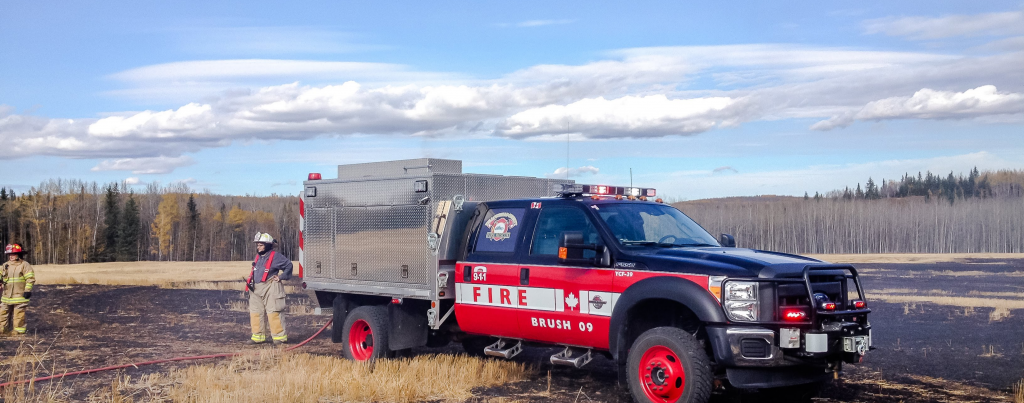
It’s always good to be prepared to leave your home on short notice. During an emergency or major disaster is not the time to gather up what you need. Take stock of items and vehicles that you need to take with you if you need to evacuate.
Emergency Kit Storage Locations
House Readiness Checklist for Evacuations – Download the PDF for a quick review to safeguard your house when evacuating.
Emergency Preparedness Kit Checklist – Download this PDF and fill it out!
Since you don’t know where you’ll be when an emergency occurs, prepare supplies for home, work and your vehicles.
Home: Keep this kit in a designated place and have it ready in case you have to leave your home quickly. Make sure all family members know where the kit is kept. Know your utility shutoffs. Learn now how to safely shut off all utility services in your home. Note: To turn off the gas you may need a special wrench.
Work: Be prepared to shelter at work for at least 24 hours. Your work kit should include food, water and other necessities like medicines, as well as comfortable walking shoes, stored in a “grab and go” case.
Vehicle: In case you are stranded, keep a kit of emergency supplies in your car.
Livestock Emergency Preparedness Kit Checklist – Download the PDF from our Livestock Emergency page!
Apart from personal items, pack enough supplies to sustain yourself/your family for up to a 72-hour period. Make sure you have sufficient fuel.
Items to take with you: Have a grab-and-go kit. Include essential supplies, such as water, food, and first-aid supplies. See a full list of items on the back.
72-Hour Emergency Preparedness Kits for 4 people or 2 people can be purchased directly from the Canadian Red Cross Online Store. And search “Emergency Kit”.
The Canadian Red Cross also has detailed information on building or buying an Emergency Kit for individuals and households.
PLEASE NOTE: If the order for evacuation is given, a reception centre and an emergency update line will be set up.
All evacuees should check in, even if they plan to leave the area and not stay at the reception centre. Evacuees can call the 1-833-334-4630 update line.
Stay tuned for updates that will be available through local media and posted on the Yellowhead County Website and Facebook page during an emergency or disaster. Find us on Facebook at www.facebook.com/yellowheadcounty
House Readiness Prep Checklist
If time allows, follow these steps to protect your home before an evacuation:
-
Inside the House
- Shut all windows and doors, and lock the door when you leave.
- Remove window shades and curtains.
- Close metal shutters if you have them.
- Move furniture to the center of the room, away from windows and doors.
- Shut off gas at the meter and turn off pilot lights.
- Shut off the air conditioning.
-
Outside
- Gather patio furniture, children’s toys, trash cans, etc. from outside of the house and bring them inside or place them away from buildings and vegetation.
- Turn off propane tanks.
- Move propane barbeques away from buildings.
- Connect garden hoses for use by firefighters.
- Don’t leave sprinklers on or water running as they can affect critical water pressure.
- Leave exterior lights on.
Other Useful Guides
-
Emergency Preparedness Guides
- Emergency Preparation Guides AEMA PDFs (scroll down to Emergency Preparation)
- Build an Emergency Preparedness Kit
- 72 hr Preparedness Guide – Public Safety Canada
- Floods. What To Do. Before, During, & After – AEMA PDFs (scroll down to HAZARDS)
- Wildfire Evacuation – Are You Prepared? – AEMA / ASRD PDF (scroll down to HAZARDS)
-
Emergency Preparedness Websites
-
Wildfire Map & Fire Ban Map

